On This Day…March 17th
B-25s are pictured on 17th March, 1944 flying over Mount Vesuvius in Italy as lava and ash pour from the top of the volcano. This remains the last eruption of the famous volcano, which killed 57 people, destroying the nearby villages of San Sebastiano and San Giorgio.
USS Indiana (BB-58), USS Massachusetts (BB-59), and USS Alabama (BB-60) - could that possibly be a co-incidence - at the Embarcadero, San Francisco, California, 17th March, 1946.
Johannes 'Hans' Fritz Philipp was born on 17 March 1917, the only son to a single mother (social etiquette of the 1920's forbade his doctor father from acknowledging his son born out of marriage). Throughout his life the family lived on the edge of financial ruin but he managed to thrive in education and in 1938 passed from flying school, albeit with the words of his CO in his ears, "I release you with great concern for your own career, but with even greater concern for the Air Force as a whole".
Hans Philipp (center) on his birthday, March 17th, 1940 in France.
Philipp fought on nearly every front, gaining victories in Poland, the Battle for France, Battle of Britain, the Balkan campaign, Operation Barbarossa, and the Defense of the Reich. His first 'kill' was a bizarre affair in Poland in which he manoeuvred himself behind a fighter who decided to bail out with not a shot fired. After the pilot parachuted, the aircraft fell to the ground and Philipp was awarded the Iron Cross, Second Class.
Philipp lived for flying, and described an insight into this mindset in a letter to fellow pilot, Hannes Trautloft...
"Against 20 Russians trying to shoot you down, or even 20 Spitfires, it can be exciting, even fun. But to curve in towards 40 Fortresses and all your past sins flash before your eyes. And when you yourself have reached this state of mind, it becomes that much more difficult to have to drive every pilot of the Geschwader, right down to the youngest and lowliest NCO, to do the same"
After a total of 206 victories in over 500 operational flights, Philipp was killed on 10th October, 1943 flying his FW190 attacking a formation of B-17s. The exact details are unclear as to whether he was hit by a defensive rear gunner of a bomber or by a P-47 escort. Either way, as Philipp's 190 dived to the ground he bailed at extreme low altitude (under 200 feet), his parachute did not deploy, and he died of severe injuries and burns.
A truly awe inspiring shot of Iwo Jima from above on March 17th, 1945.
Yet another of HMS Arbiter's Corsairs having an off day on the long trip to Australia. Taken on March 17th, 1945, Corsair KD253 seen here on her back after missing all the wires and clipping the top of the barrier which flipped it over. The pilot, Sub-Lt D.A. Golding RNVR was OK. Physically, at least.
American pilots of No. 71 (Eagle) Squadron, RAF, gathered in front of one of their Hawker Hurricanes at Kirton-in-Lindsey, Lincolnshire, England, 17 March 1941.
And seen here - on the same day - not entirely sure if this is a genuine or rehearsed scramble. Which makes me think, I don't think (without searching now) that I've ever seen a diorama of a scramble...
F-8 Crusader seen (if you look closely) flying over the USS Hancock (CV-19) in the Gulf of Tonkin, South China Sea, 17th March, 1971.


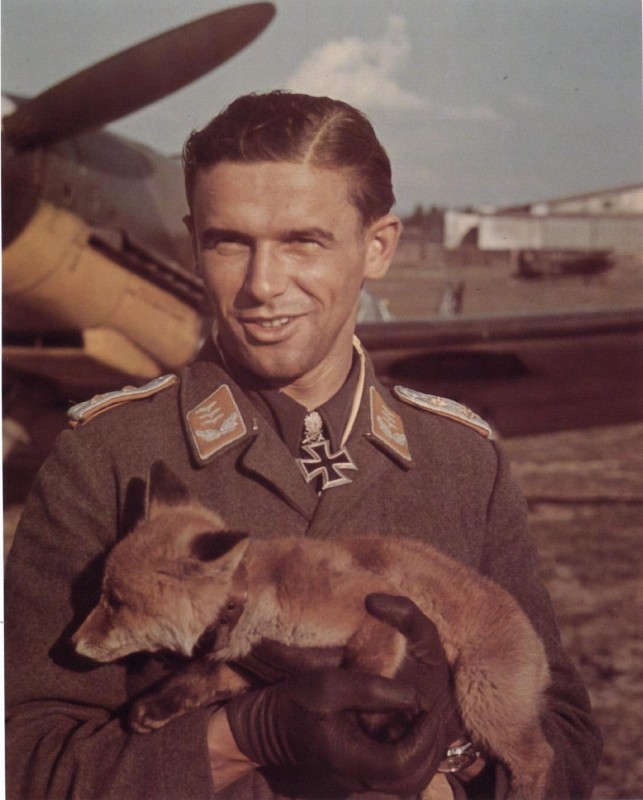
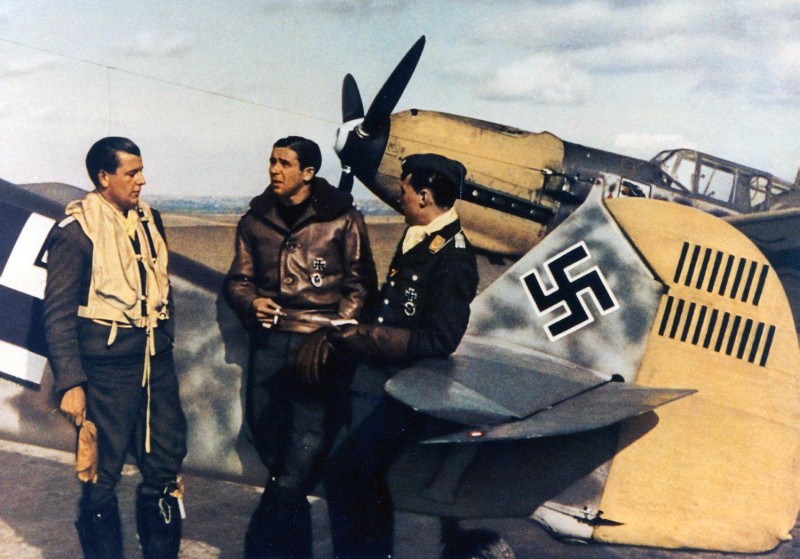
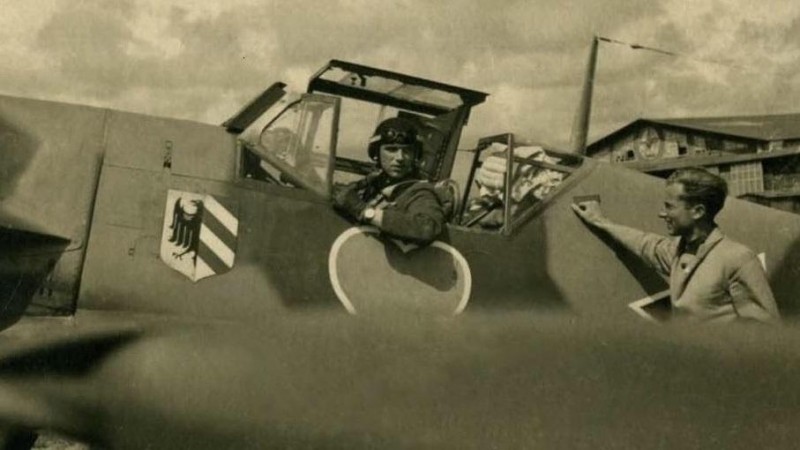

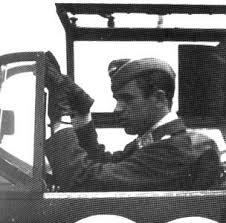
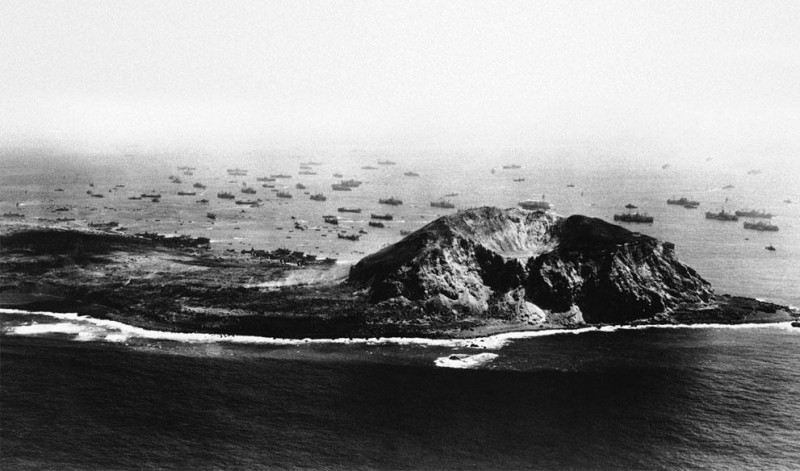
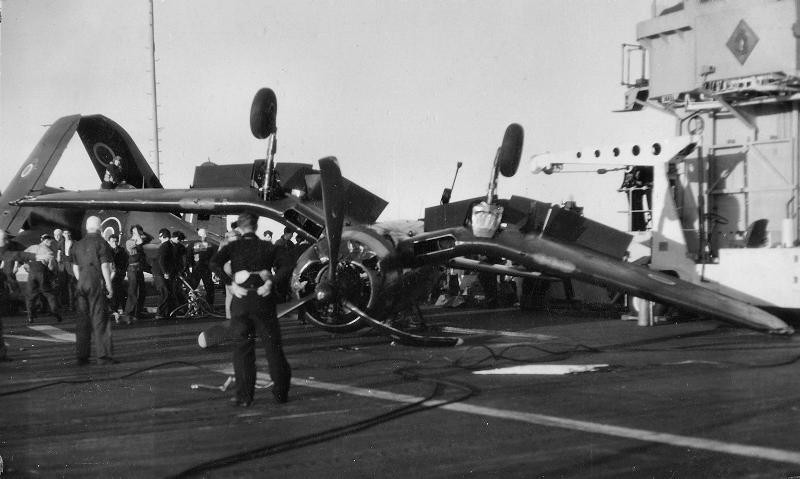
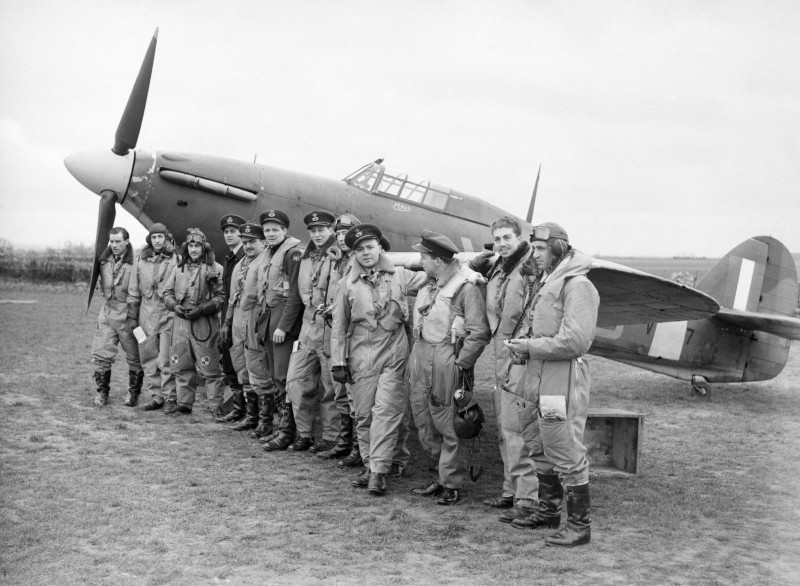
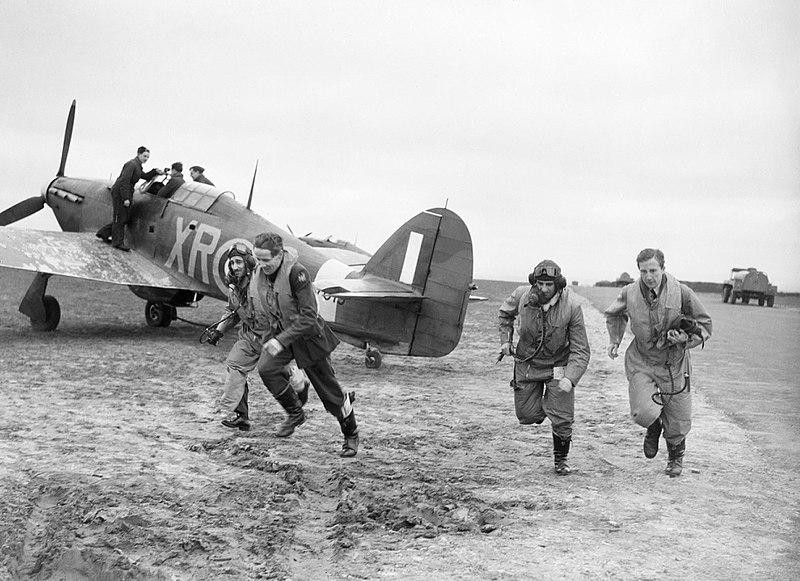
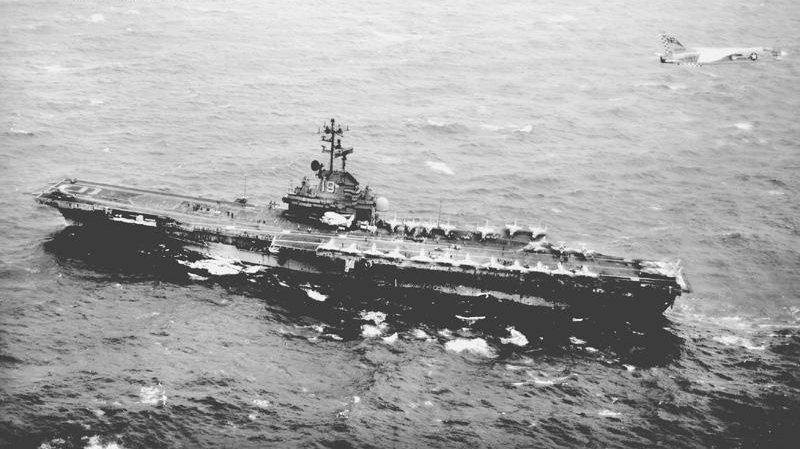
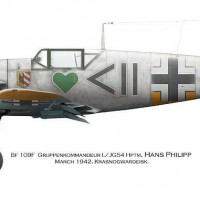
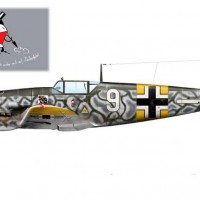
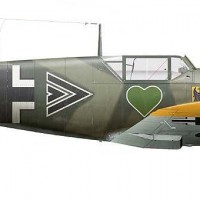

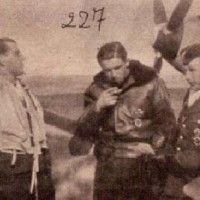

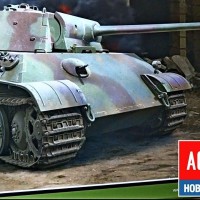
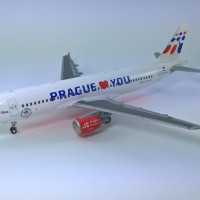
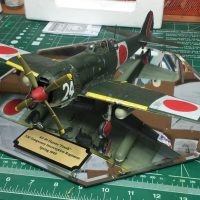
Another great "OTD" feature. Thanks David!
Excellent read, thanks.
As usual a great set of photos and stories. The 340th Bombardment Group lost dozens of B 25's at Pompeii airfield during the Vesuvius eruption.
1 attached image. Click to enlarge.
Another great set!
These articles are really well done and quite informative.
Vesuvius didn't just wipe out what you mentioned, David.
From my book, "The Bridgebusters":
“About midnight, I went out of my billet to answer the call of nature. While outside, in a mild drizzle, I was hit on the head by what I thought was a small rock. Suspecting some sort of joke, I went inside for a flashlight. When I returned, the light revealed a layer of damp cinders on the ground. We began to feel the earth shake as though a bomb had gone off. After each quake, a few minutes would pass before the debris blown out of the crater would start to hit the ground. We quickly understood that Vesuvius was erupting. About daylight, the rear of our building started to cave in. We then began to see the larger rocks coming down. By this time everyone was wearing his steel helmet and heavy sheepskin flying jacket for protection from the falling rocks.”
1 attached image. Click to enlarge.
Ah, you see, you put a little chum in the water - stick in a little bait, and I’m off looking for my amazon account.
Thanks for the addition - welcomed as always and thoroughly enjoyed.
Yer welcome! 🙂
Hans Phillip wasn't the only one with problems making the "Twelve O'Clock High" attack against a B-17 formation. Walter "Count Punski" Krupinski, who was Gruppenkommandeur of III/JG 26, told me "Just before I ordered throttles forward, my entire life would flash before my eyes and I would wonder for an instant who among us would be the one in ten to collide with our target."
Sobering thought, Tom. Sure as hell puts my morning commute into a different perspective.
Thanks again!
Stunning shot of Vesuvius doing what volcanoes does. Always thought this natural disaster was a bit odd happening during he war, like Earth reminding us of its powers. But why would natural things stop just because man decides to do evil against itself... Does anyone know of any other natural disaster during war time?